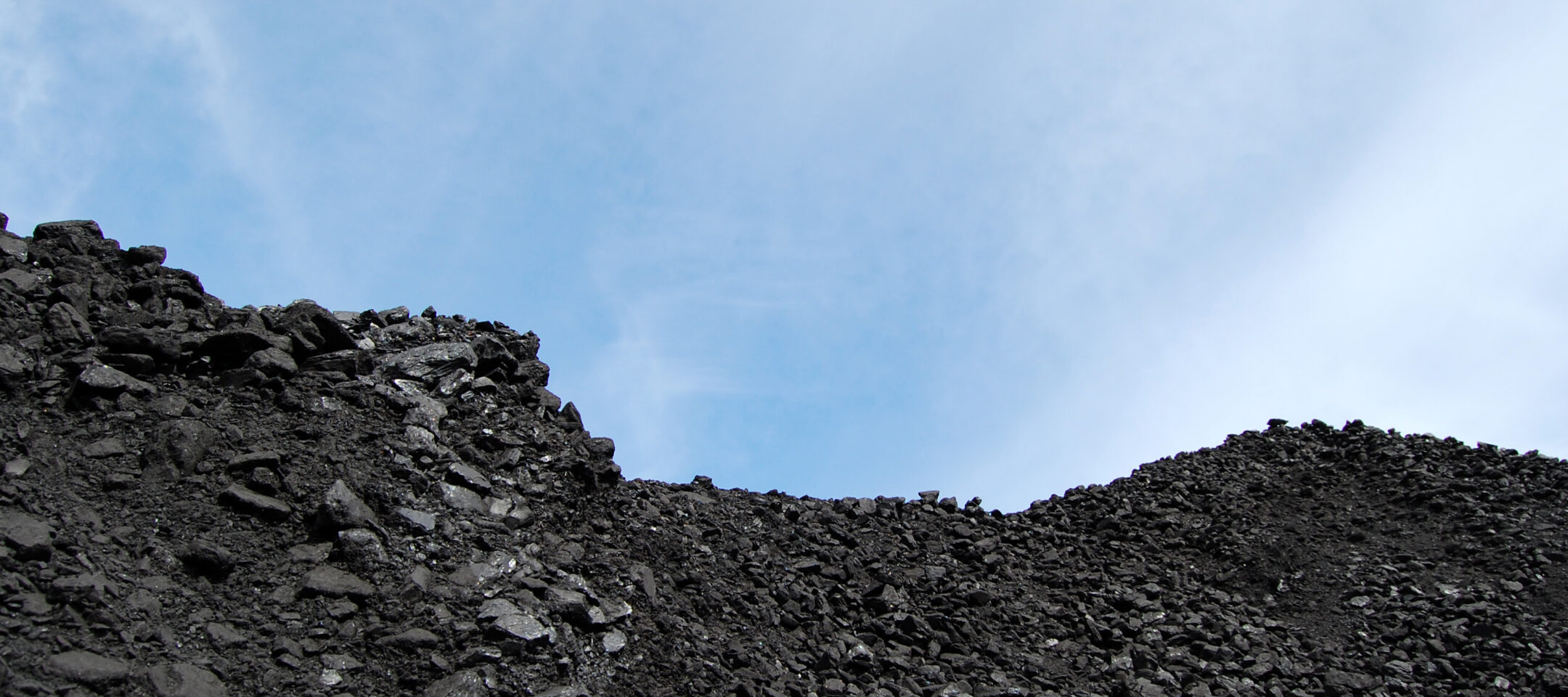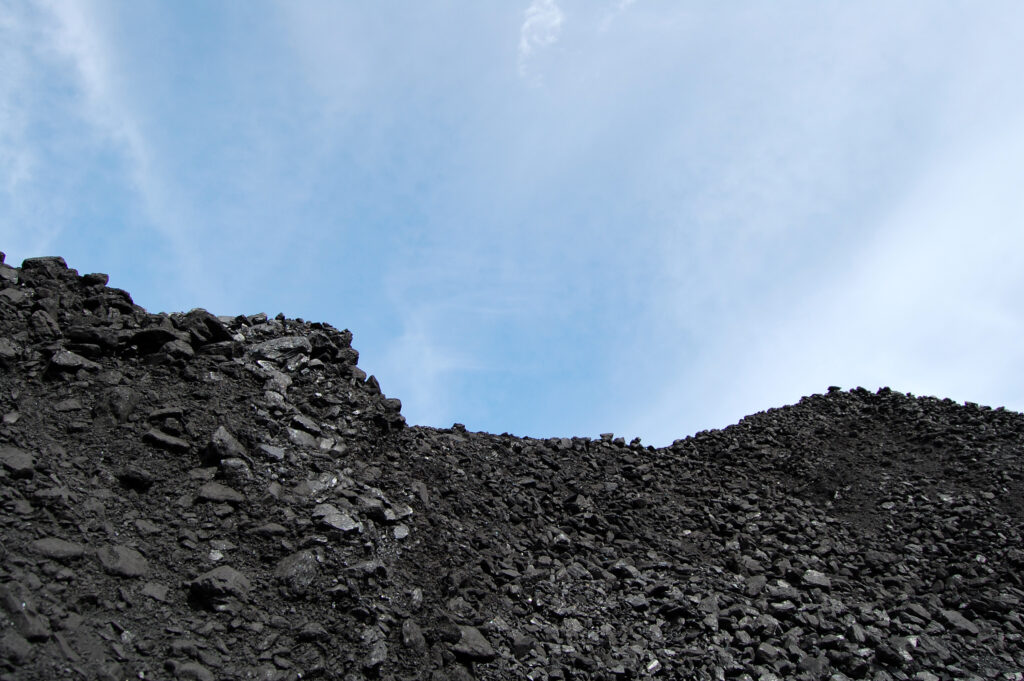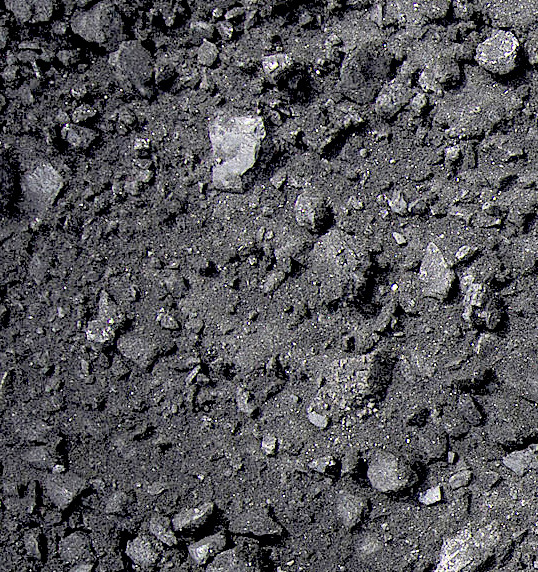
Coal power as an electricity generation method
Coal power is a traditional yet controversial method of electricity generation. It is efficient and flexible as a production method but is also a significant source of emissions.
The role of coal power is decreasing
Coal power is still used, particularly during peak electricity demand when other energy sources cannot meet the power system’s needs. However, the role of coal power is continuously decreasing as renewable energy sources replace it. This page discusses coal power as an electricity generation method, its significance, and the current situation in Finland and globally.
What does coal power mean?
- Coal power is a method of electricity generation where coal is burned to produce energy.
- The process generates large amounts of electricity, and its output can be adjusted flexibly.
- Coal is burned in a boiler, producing high-pressure steam.
- The steam spins a turbine, which then drives the plant’s generator, producing electricity.
Coal power is used for electricity generation during peak consumption periods when other energy sources cannot cover the demand. This is also known as peak load production.
Advantages of coal power
- Flexibility: The output of coal power plants can be adjusted flexibly to meet the power demand.
- Efficiency: Coal power can produce large amounts of electricity in a short period, which is essential in situations where other energy sources cannot meet electricity consumption.
- Fuel: Coal is a good fuel for transportation and storage, as it can be safely stored outdoors without special arrangements. Additionally, coal remains usable for extended periods.


Disadvantages of
coal power
- Maintenance costs: The maintenance costs of coal power plants are relatively high compared to other forms of production.
- Emissions: Coal power plants emit large amounts of carbon dioxide and other pollutants, such as sulfur and nitrogen oxides, which degrade air quality and accelerate climate change.
- Environmental impacts: The extraction and transportation of coal consume significant natural resources and cause environmental damage.
role of coal power
Coal power in Finland
The role of coal power in Finland is decreasing, but it is still used, particularly in peak load production. Coal power accounts for around 5% of Finland’s energy production, and its importance is highest during the cold winter months when energy consumption is at its peak. In recent years, many coal power plants have been shut down due to emissions, but some plants remain in operation to maintain the reliability of electricity supply.
However, the share of coal power is being continuously reduced due to its emissions. The use of coal in energy production will end in Finland by 2029 at the latest.
Coal power’s role globally
Many countries and companies are working to reduce the use of coal power to achieve climate goals. There are significant regional differences in coal power demand. For example, in the United States and Europe, demand is clearly decreasing, while in Asia, it is rising sharply.
Although the use of coal power has been significantly reduced in the United States and Europe, this is not enough to meet the high demand in Asia, so global demand for coal power is currently increasing.
In the future, efforts will be made to reduce the use of coal power by investing in cleaner energy sources. However, coal power will continue to play an important role in maintaining the stability of electricity systems until renewable energy sources can fully replace it.
Cogeneration – what does it mean?
The coal power plants in Finland, with the exception of the Meri-Pori plant, are so-called cogeneration plants, meaning they produce both electricity and heat in the same process. Cogeneration allows the most efficient and environmentally friendly use of the fuel’s energy content. In these plants, the energy from the fuel that is not converted into electricity is captured as heat.
The Vaskiluoto power plant in Vaasa is an example of a cogeneration plant that has been developed over the years to meet modern needs. The plant is equipped with a biomass gasification unit, which has allowed the share of coal to be replaced by biomass. In 2023, coal’s share in the plant’s fuel mix was only 29%. The share of coal is highest during periods of high electricity demand.
Vaasa Sähkö and coal power – what are the goals?
Vaasa Sähkö mainly uses coal power for peak load production when the demand for heat and electricity is highest. Vaasa Sähkö’s goal is to achieve carbon-free base load production by 2030, where the continuous reduction of coal power and its replacement with biofuels will play a key role. A concrete plan to achieve this goal is continually being developed.
Coal power safety and environmental impacts
The safety of coal power plants is high, even though their environmental and health impacts are significant. Various cleaning technologies are used to manage the environmental impacts of coal power plants, but emissions are still considerable.
Coal power and electricity prices
The market price of electricity is based on forecasts of how much supply and demand there will be for electricity during each hour of the next day.
If supply is expected to be low and demand high, the price of electricity in the electricity market can rise sharply. Sufficient coal power capacity helps maintain the reliability of the system by ensuring the availability of power in such situations, as the output of coal power plants can be adjusted as needed, unlike wind and solar power, which are variable depending on the weather.